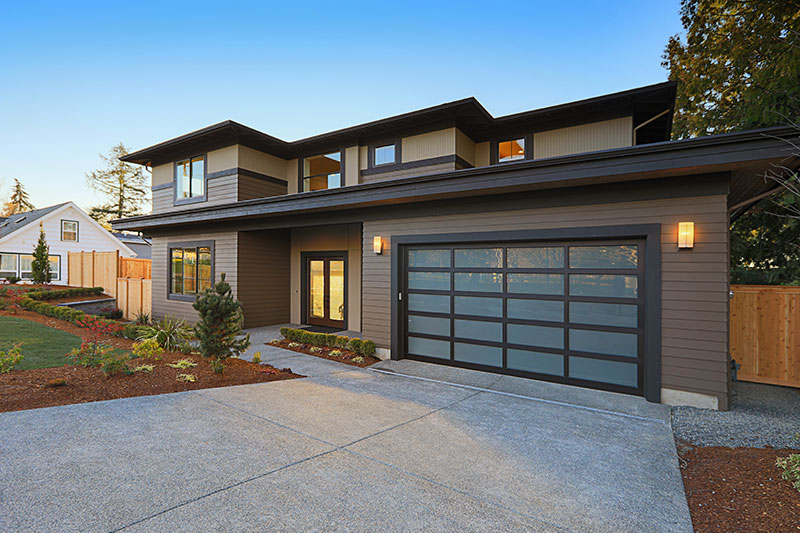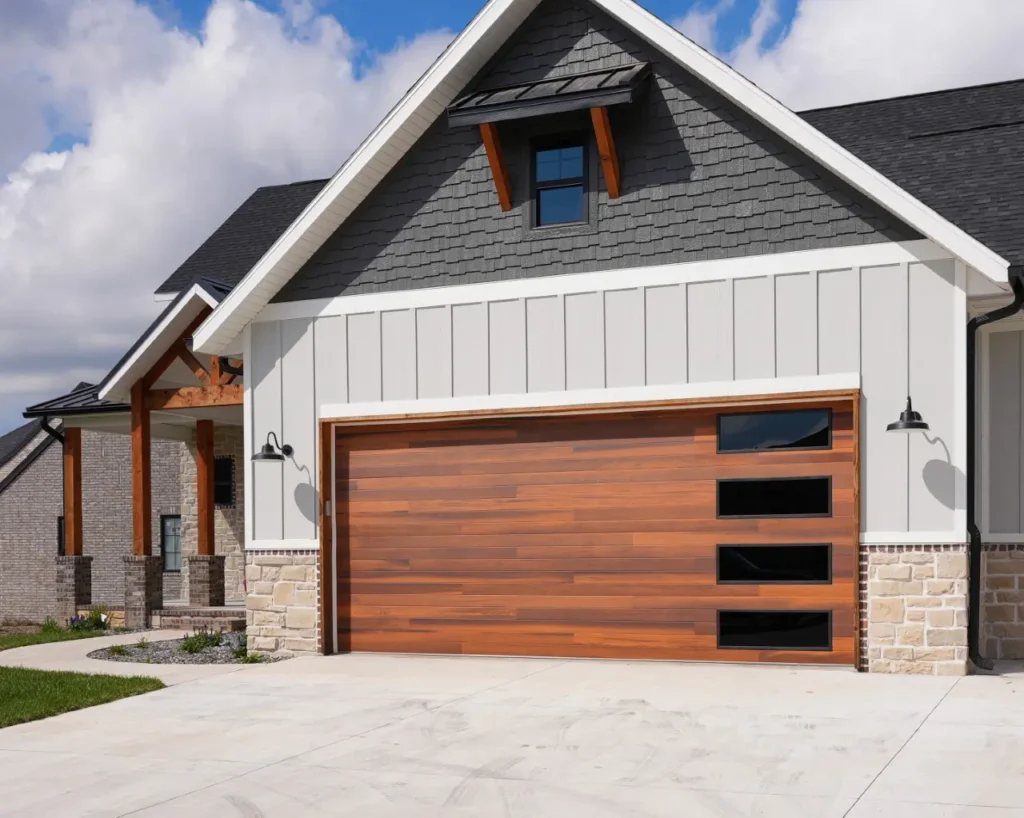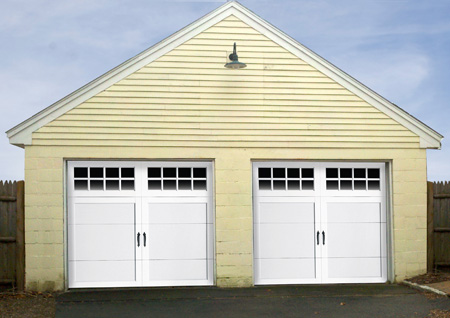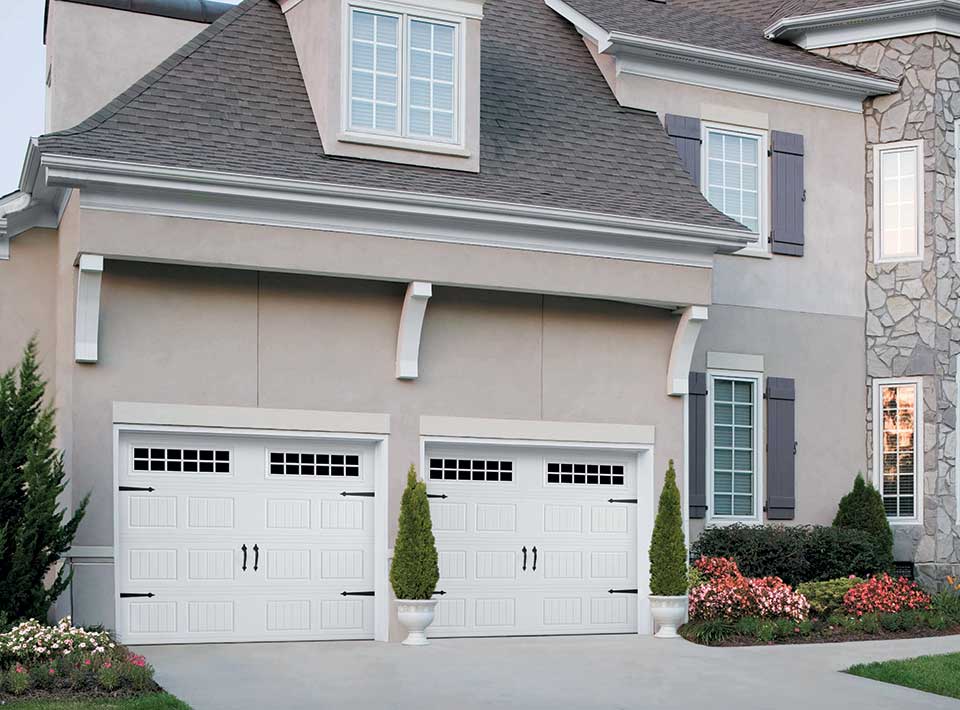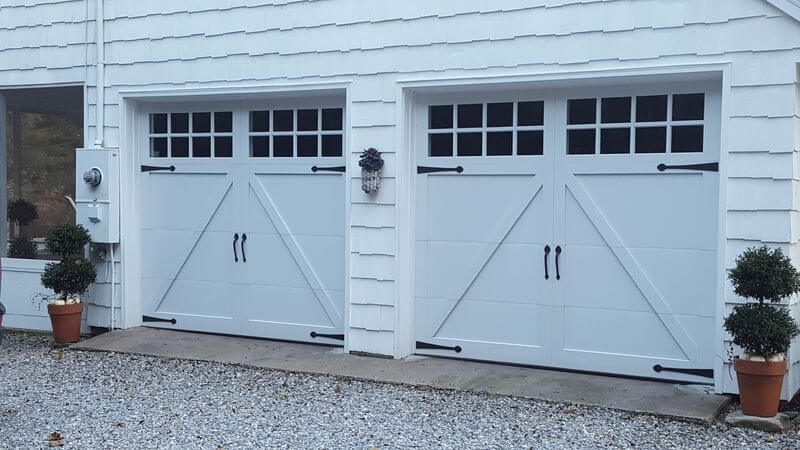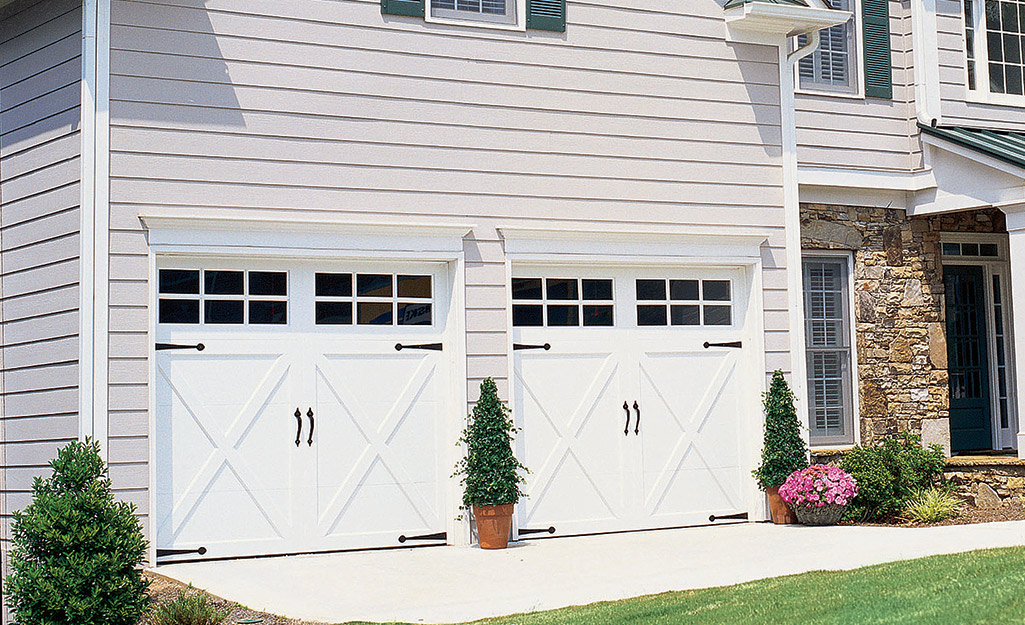Garage Door Repair Lee’s Summit MO is a simple process that allows you to conveniently control your garage door from multiple locations.
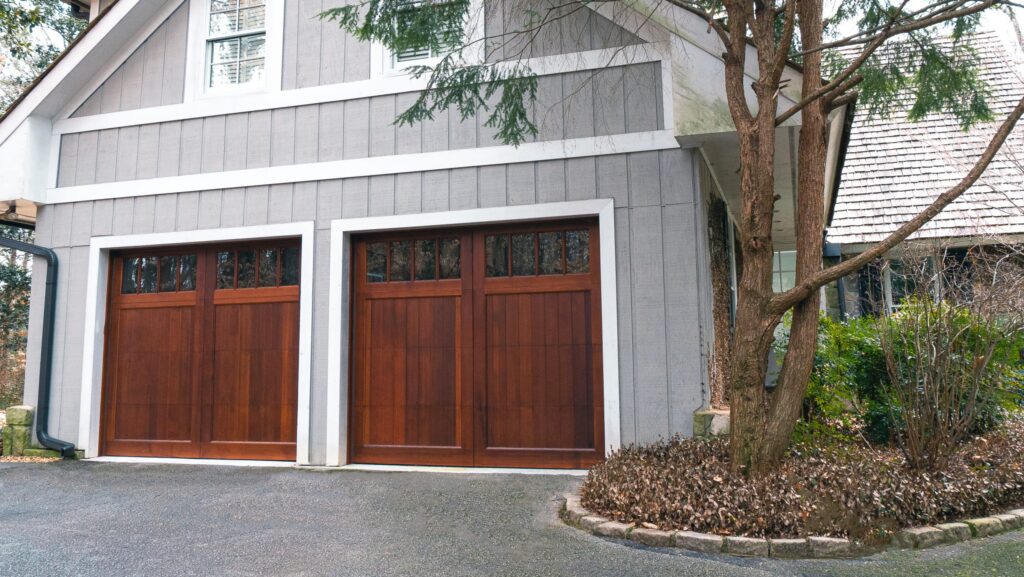
Whether you’re adding a new remote or replacing an old one, this comprehensive guide will walk you through the steps to ensure smooth operation of your garage door opener.
1. Check Compatibility
Before adding a remote to your Chamberlain garage door opener, ensure that the remote is compatible with your specific model. Chamberlain offers a wide range of remotes designed to work with different opener models. Consult your opener’s user manual or Chamberlain’s website to confirm compatibility.
2. Prepare the Remote
If your Chamberlain remote requires batteries, insert them according to the instructions provided in the user manual. Ensure that the batteries are inserted correctly, with the positive and negative terminals aligned properly.
3. Locate the “Learn” Button on Your Opener
Most Chamberlain garage door openers feature a “Learn” button that is used to program remotes. This button is typically located on the motor unit of the opener near the antenna wire. It may be labeled as “Learn,” “Smart,” or “Program.” Refer to your opener’s user manual for the exact location of the button.
4. Press the “Learn” Button
Once you’ve located the “Learn” button, press it firmly and release it. You’ll notice that the indicator light on the motor unit will begin to blink or change color, indicating that the opener is in programming mode and ready to learn the code from your remote.
5. Program the Remote
Next, follow these steps to program the remote to your Chamberlain garage door opener:
- Press and hold the button on the remote that you want to program. Hold the button down until you see the indicator light on the remote flash or hear a beep. This indicates that the remote’s code has been transmitted to the garage door opener.
- Some Chamberlain remotes may require you to enter a specific code sequence or follow additional instructions. Refer to your remote’s user manual for detailed programming instructions.
6. Test the Remote
After programming the remote, it’s essential to test it to ensure that it’s working correctly. Stand inside your garage and press the button on the remote. If the programming was successful, your garage door should open or close smoothly in response to the remote’s command.
7. Repeat for Additional Remotes (If Necessary)
If you have multiple Chamberlain garage door remotes that you want to program, simply repeat the process outlined above for each remote. Press the “Learn” button on the opener, then program each remote individually, and test each one to ensure that they’re all functioning correctly.
8. Secure Your Remote
Once you’ve programmed your Chamberlain garage door remote, be sure to keep it in a safe and secure location, such as your car’s glove compartment or a designated spot inside your home. Avoid leaving the remote in plain sight, where it could be easily stolen or accessed by unauthorized individuals.
Conclusion:
Adding a remote to your Chamberlain garage door opener is a straightforward process that allows you to enjoy convenient access to your garage. By following the steps outlined in this guide and consulting your opener’s user manual for specific instructions, you can quickly add a remote and ensure smooth operation of your garage door opener. If you encounter any difficulties during the programming process, don’t hesitate to reach out to Chamberlain’s customer support or consult a professional for assistance.
Team Taylor Garage Doors of Lee’s Summit
1012 NE Jib Ct STE D, Lee’s Summit, MO 64064, United States
1-816-239-2959


